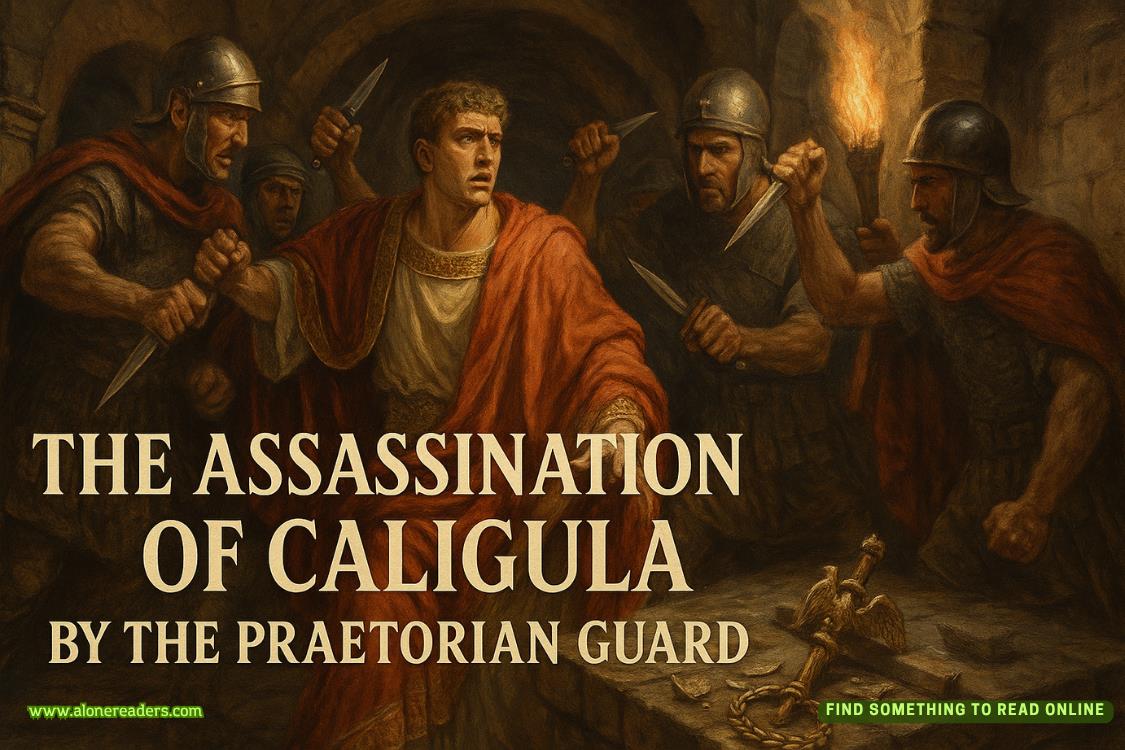Page 51 of Naga's Mate
The first cry isn't the wailing of a human infant but something more melodic—a sound that carries tonal qualities from both species in harmonious combination. My venom-enhanced hearing detects complexities in the vocalization that suggest advanced neural development beyond either human or naga norms.
"Female hybrid," Elder Xylem announces with formal precision as she performs initial assessment. "Primary vital indicators exceed optimal parameters."
Translation: our daughter is extraordinary from her first breath.
The medical team works with coordinated efficiency, cleaning and examining her with reverent care before placing her against my chest. The moment her skin touches mine, something shifts in the atmosphere—molecular recognition occurring at levels beyond conscious awareness. My scale-like patterns pulse visibly, responding to her proximity as if completing a circuit.
I look down at her for the first time, and the universe narrows to a single impossible point of focus.
She's perfect. Not in the way all parents delude themselves about their offspring, but in the objective, scientific sense of perfect evolutionary adaptation. Her upper body appears primarily human—delicate shoulders, perfect miniature fingers, facial features that show subtle hints of both our genetic contributions. But below the waist, tiny coils replace legs, already showing scale patterns remarkably similar to Nezzar's emerald-sapphire coloration.
Most striking are her eyes—unmistakably displaying the vertical pupils of naga heritage, yet with irises the exact amber shade of my own. She blinks up at me with an awareness no newborn should possess, those extraordinary eyes focusing with precision that suggests accelerated neural development.
"She sees me," I whisper, something dangerously close to awe breaking through my scientific detachment. "Really sees me. Not just light perception but actual visual recognition."
"Naga offspring emerge with more developed senses," Nezzar explains, his massive form positioned protectively around us both. "A necessary adaptation for survival. But her level of awareness exceeds even our norms."
The specialized nursery area awaits her—a triumph of our combined research. Temperature and humidity zones that can be adjusted as she develops, programmed to shift automatically based on her biochemical signals. Specialized botanical infusions release precisely calibrated nutrients into the air, supporting her hybrid respiratory system. Most importantly, the space allows both parents to remain consistently present during the critical bonding period—large enough for Nezzar's substantial form while maintaining human comfort parameters.
But for now, I'm reluctant to relinquish this moment of connection. Her tiny coils wrap around my wrist with surprising strength, securing herself against me with instinctive certainty. The gesture speaks to naga genetics—infant nagas instinctively grasp their parent to prevent falling—but the placement against my pulse point feels deliberately chosen, as if she's connecting to my very heartbeat.
As the medical team completes their procedures and gradually withdraws to give us privacy, I find myself studying her with a mixture of scientific fascination and something far more primal. This is our child. Not just a research achievement or biological curiosity, but our daughter—born of captivity transformed into choice, violation evolved into connection.
Nezzar's coils encircle us both protectively, his massive form creating living fortress around his mate and offspring. One scaled finger traces our daughter's features with surprising gentleness, his touch reverent in ways I never imagined possible from a predator species.
"She belongs to neither world fully," I observe, watching her tiny coils curl reflexively around my finger with alarming strength for a newborn. "And yet to both simultaneously."
The words carry weight beyond simple biological classification—acknowledgment of the liminal space she'll occupy in this divided world. Neither fully human nor naga, but something new and unprecedented. Just as the relationship that created her exists in territory undefined by either species' conventional understanding.
"She represents possibility never before imagined," Nezzar responds, his voice carrying an emotional depth I'm still learning to recognize beneath its melodious control. "As does what exists between us."
The simple statement acknowledges what we've both avoided articulating directly—the extraordinary evolution of our relationship from its coercive beginning to something neither of us has adequate vocabulary to name. Not equality as humans would define it, not dominance-submission as nagas understand it, but something that has grown in the spaces between established categories.
I study her, this miracle of adaptation who shouldn't exist yet thrives against all probability. Her tiny form represents evolution in its most literal sense—not gradual changes over countless generations but dramatic leap into new territory, biology finding a way forward where ideology saw only impossibility.
The venom's analgesic effects begin gradually receding, allowing fuller emotional engagement to return alongside the inevitable physical discomfort of post-birth recovery. I should feel exhausted after the ordeal my body has endured, yet I find myself strangely energized, senses sharpened to catalog every detail of this unprecedented moment.
"She'll need a name," I say as she makes that melodic sound again—not quite human cry, not quite naga vocalization, but something uniquely her own.
"By naga tradition, names come after the first molt," Nezzar explains, his coils adjusting slightly to better support us both. "When the offspring demonstrates initial personality traits beyond biological imperatives."
"That works for full nagas," I counter, scientific precision reasserting itself through maternal wonder. "But she'll need navigational markers in both worlds. A name provides initial identity framework."
His scales shimmer in patterns indicating thoughtful consideration. "A bridge between traditions, then. Initial human designation with formal naga naming at first molt."
The compromise feels symbolic of everything our daughter represents—neither cultural framework applying perfectly, adaptation required from both sides to accommodate her unique reality. Just as we've had to create new protocols for her biological needs, we'll need to establish new traditions for her developmental journey.
As I cradle her against me, her tiny form already demonstrating the remarkable resilience of hybrid vigor, I contemplate the extraordinary path that brought us here. From resistance researcher crafting botanical weapons against Prime invaders to willing participant in creating bridge between species. From captive struggling against biological imperatives to partner in unprecedented evolutionary advancement.
"I never imagined this," I admit quietly, the confession easier in post-birth vulnerability than it would have been before. "When you first caught me among the toxic blooms, I never thought..."
"That we would create life that transcends both our limitations?" Nezzar completes the thought with unexpected perception. "That what began as conquest claiming would evolve into mutual purpose?"
"Something like that." I watch our daughter's eyes track between us with that unnerving awareness, already observing and learning from her first moments. "I was so certain of the boundaries between captivity and freedom, between human and monster, between violation and consent."
"And now?" His question carries no judgment, simply curiosity about my evolved perspective.
"Now I understand that reality exists in the gradient spaces between absolute categories." I trace the scale-like patterns across my own skin, physical evidence of how thoroughly I've been transformed by our connection. "That adaptation itself is neither surrender nor victory, but something more complex."















